VEGAS MYTHS BUSTED: Bugsy Introduced Mob to Vegas in 1946
Posted on: June 3, 2024, 07:47h.
Last updated on: June 2, 2024, 09:13h.
Benjamin “Bugsy” Siegel is incorrectly blamed for introducing the mafia to Las Vegas in 1946. That’s when the suspected murderer from Brooklyn exploited Flamingo founder Billy Wilkerson’s gambling addiction as the means to steal the under-construction casino resort out from under him.
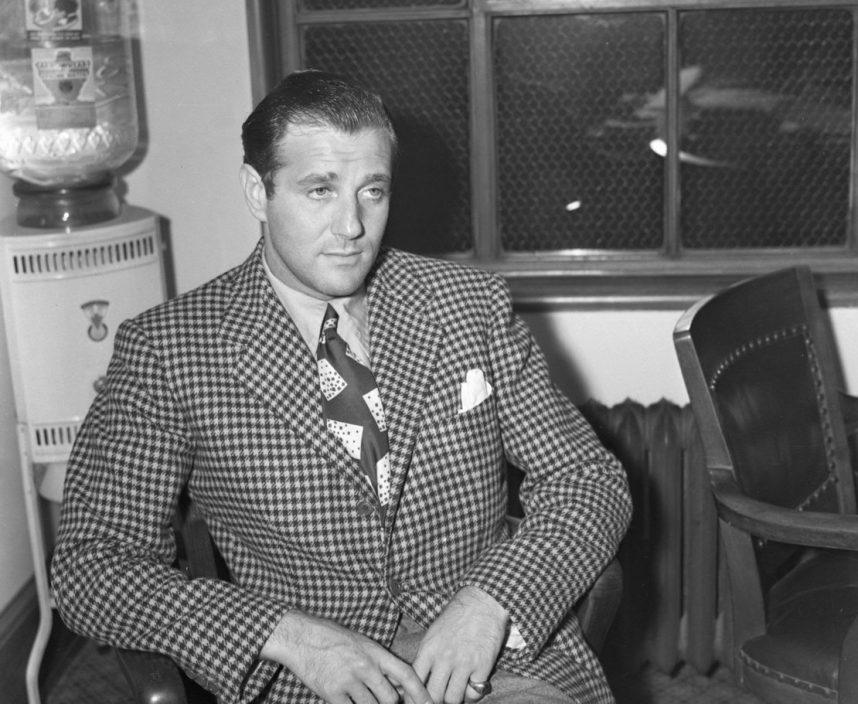
Wilkerson, publisher of the Hollywood Reporter, bought the land where the Flamingo would be built, named the casino resort, and even started its construction in 1945. But he soon ran out of money due to his costly weakness.
And guess who was nice enough to be there to lend it to him?
That’s Because the Mob Was Already Here
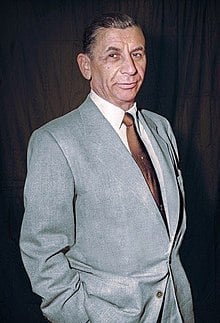
Bugsy first came to town in 1940, to invest in the Northern Club downtown, looking for a piece of the race wire market.
Five years later, he and his partner, Moe Sedway, launched their own race wire, called TransAmerica, through which they ran the horse-betting at the Frontier, Las Vegas Club, El Cortez, and other Las Vegas casinos.
Race wire services kept illegal bookies — and casinos in Nevada, which had just legalized off-track betting — informed of horse racing entries, odds, pay-off prices, and, of course, results.
The precious information was rushed out over a network of telegraph wires.
Not subscribing to a race wire made your gambling operation vulnerable to a practice called post-betting, in which gamblers with better information than you could place bets on horses after they already won.
Siegel and Sedway then moved into other types of gambling and took over the entire floor of El Cortez, running it for their boss, East Coast gangster Meyer Lansky — all before setting their sites on a Flamingo takeover in 1946.
Original Gangsters
In actuality, the mob’s arrival in Sin City predated Bugsy’s arrival by almost a decade.
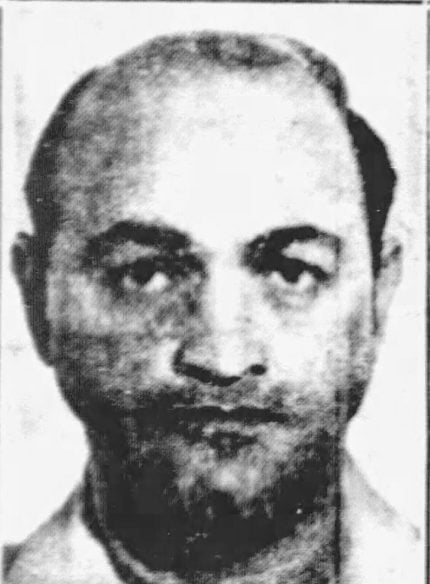
One prime example was Maurice H. “Goldie” Goldsworth, a rising player in the illegal LA gambling racket who was lured to Las Vegas by the promise of an untapped legal market.
Before Governor Fred Balzar signed Assembly Bill 98 into law on March 19, 1931, Las Vegas had not had legal gambling since Nevada outlawed it in 1910.
Anxious to exploit the new revenue stream for her recently opened nightclub, but having no experience with gambling, Alice “Ma” Morris sought the help of a gambling expert.
And who were the experts in illegal vices back then? Mobsters like Goldie.
In exchange for an undocumented cut of the profits, Goldie applied for a modest gambling license — for a blackjack table and three slot machines — and on April 1, 1931, the Red Rooster became the first licensed casino on the future Las Vegas Strip.
Despite the wildly inaccurate 1991 movie “Bugsy,” a whopping four casinos and two full-fledged resorts beat the Flamingo to Highway 91, as the main road from Salt Lake City to Los Angeles was known in 1946.
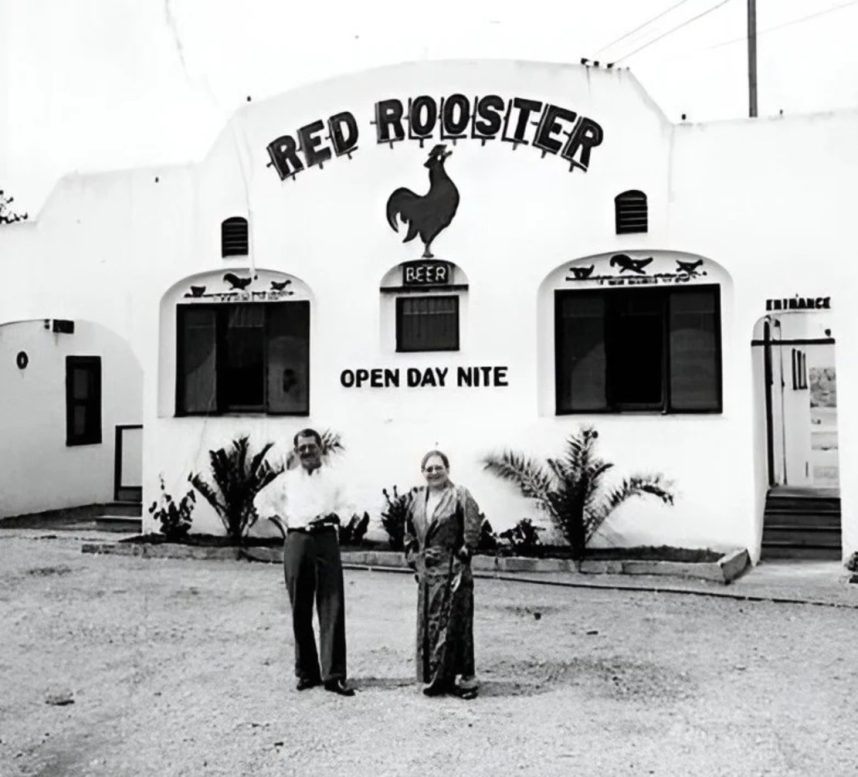
The Red Rooster also became the first casino on the Las Vegas Strip to lose its gaming license, because serving alcohol was another thing that was, surprisingly, against the law at the time. (It would remain so across the US until the repeal of Prohibition on Dec. 5, 1933.)
On May 18, 1931, the feds arrested Ma and her husband, who were found guilty, granted probation, and fined $500.
Goldie wasn’t arrested during the raid. But when he applied to renew the Red Rooster’s gaming license on July 7, 1931, it was denied due to the liquor violation.
Goldie’s Gangland Goring
Mob historians do not agree on Goldsworth’s mob bona fides. However, the LA police were convinced of them. At least the ones who investigated his murder were.
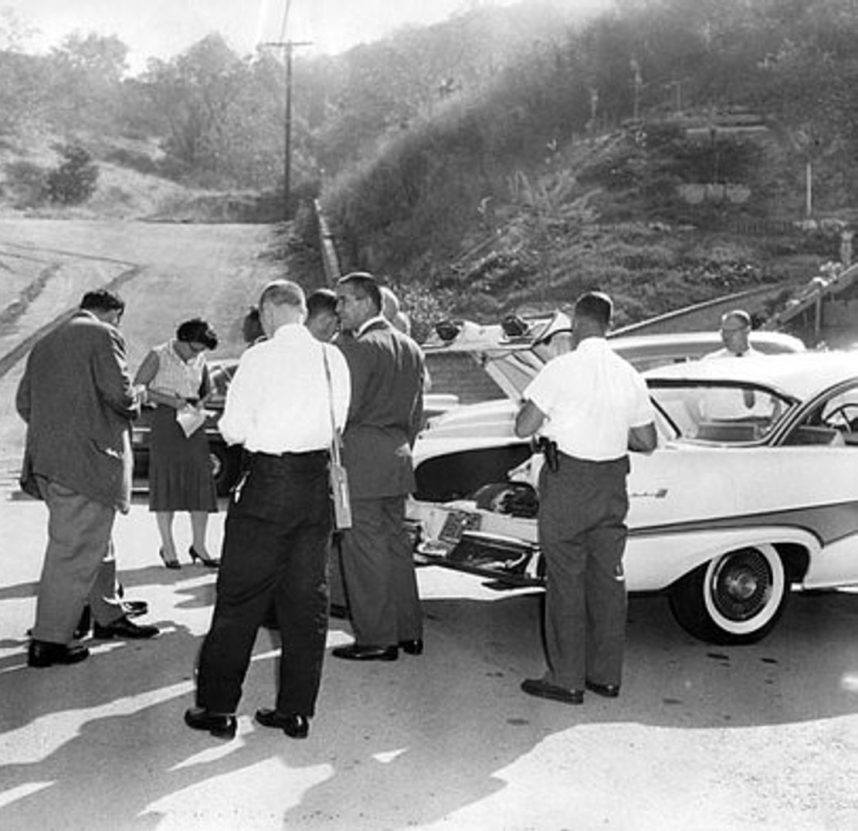
According to the Los Angeles Times, Goldsworth, 52, was beaten to death by a hammer in the back seat of his car on Oct. 16, 1958 and then stuffed in its trunk. The LA coroner called the gunshot wounds on his head “only superficial.”
Police found a white handkerchief, half a pack of cigarettes, and some flecks of paint on Goldsworth’s bloody body. Also, his pockets were turned out, indicating a search for something.
“There is no doubt about it,” LA Police Chief William H. Parker told the Associated Press at the time. “This is a mafia job.”
Killer Confesses
Police obtained a confession from one Clifford Rue, the owner of an LA credit business.
Rue, 34, admitted to murdering Goldsworth, but said he did it to steal back $4,200 he had just handed Goldie, at gunpoint, to settle a personal gambling debt.
Rue said he wrapped the body in some paint drop cloths, threw it in the trunk of his victim’s hard-top convertible, and drove the vehicle into the desert for a secret burial.
Instead, Rue said, he got lost and abandoned the car on a dead-end street.
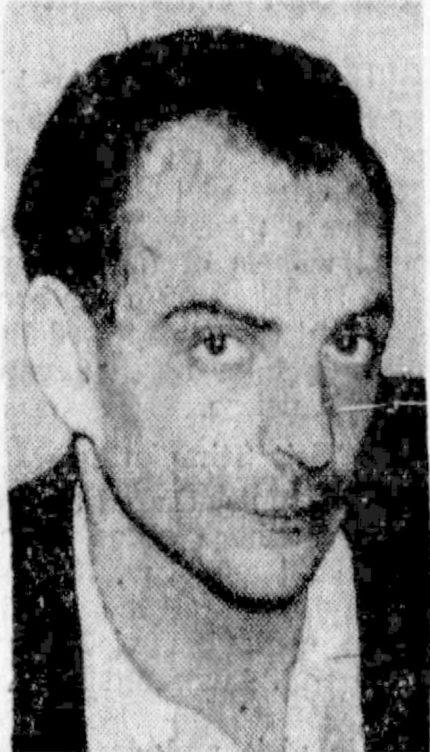
Rue was convicted of second-degree murder and began an undocumented prison sentence on Feb. 27, 1959.
Why someone so young would throw most of his life away for what today would still only amount to $45 grand has led to speculation that perhaps Rue was a mafia hitman.
But whether or not Rue was in the mafia does not help determine whether his victim was.
This is a good place to point out that the reporter of the AP story on Goldsworth’s murder told his readers that Goldsworth was someone who “reportedly represented a midwestern bookmaking syndicate.”
Only a connected figure like that could have easily set up a new Las Vegas casino like the Red Rooster.
And police in St. Louis, Goldsworth’s hometown, were told by his own brothers that he was associated with one Sid Wyman.
Wyman, also from St. Louis, was the part-owner of the Flamingo to whom Meyer Lansky sent a telegram from Miami on June 21, 1947 — one day after Bugsy Siegel’s assassination.
“Sid,” it read, “Ben Siegel found dead in Beverly Hills … effective immediately, change all locks in casino cage. No money transactions or markers over $1,000.00 until I arrive tomorrow evening. Business as usual with rest of staff.”
Look for “Vegas Myths Busted” every Monday on Casino.org. To read previously busted Vegas myths, visit VegasMythsBusted.com. Got a suggestion for a Vegas myth that needs busting? Email corey@casino.org.


